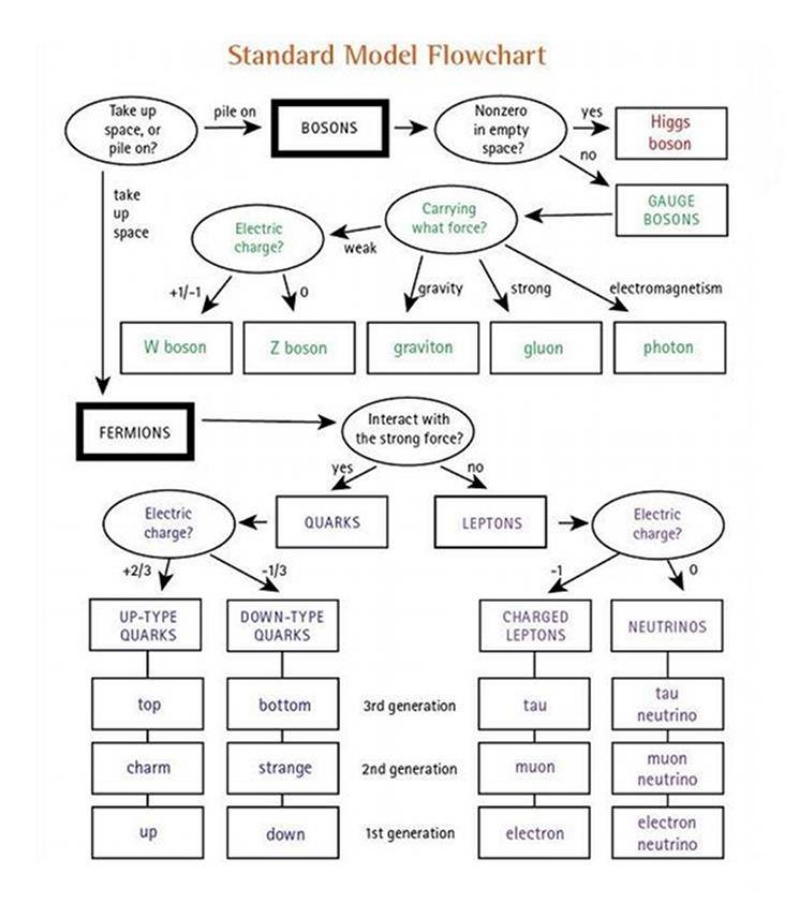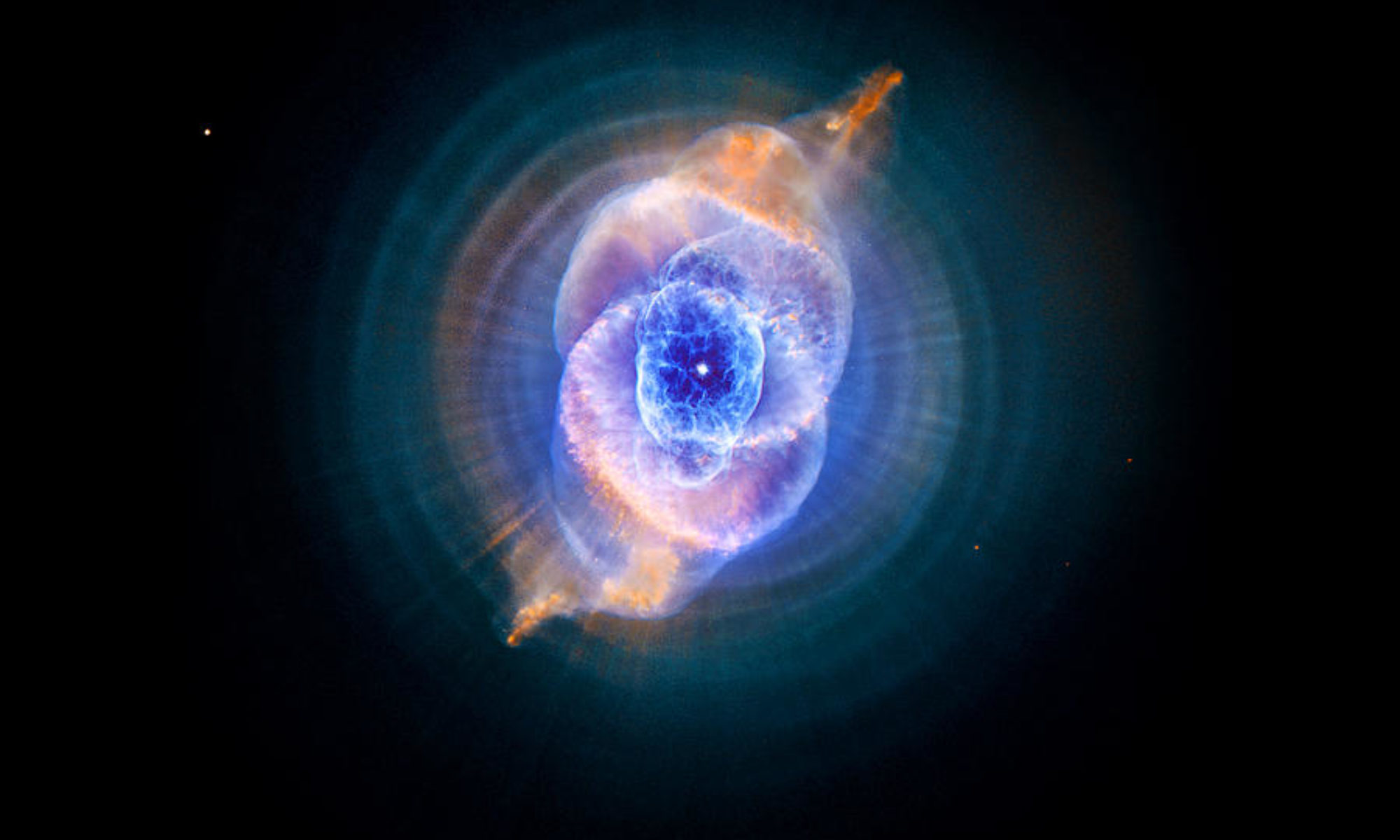
Post originally published on June 9, 2015
I am massive. The Earth is massive. A hydrogen atom is massive. The question that the greatest theoretical physicists of the last century and even earlier have been asking is “Why? Why do objects have the property we call mass?” At last, scientists think they have the answer, and it is the most infamous particle of our generation-the Higgs boson.
Although the term “atom” comes from the Greek word “atomos,” meaning “indivisible,” atoms can actually be split into smaller bits of matter, called particles. The atom’s constituent particles are protons, neutrons, and electrons. Protons and neutrons can be divided still further, into particles called quarks, which come in several varieties, including “up” quarks and “down” quarks. Quarks and electrons can’t be broken down any smaller as of now, thus their title, “elementary particles.” Elementary particles come in two groups- fermions, which are matter particles and take up space, and bosons, which are force particles and can pile on top of each other. Here is a flowchart from Sean Carroll’s wonderful book The Particle at the End of the Universe. (If you are fond of flowcharts, as I am, this picture may help you visualize how elementary particles are categorized).
Since the main particle we will be focusing on is a boson, I will explain a bit further the nature of bosons and forces. Forces (as described by Dr. Carroll in his book) can be thought of as “the exchange of particles.” We can think of bosons passing between objects as transmitting a certain force. Bosons can combine into force-carrying fields, which exist at every point in space. There are many force fields, for example the electromagnetic field, which is made up of and transmitted by photons.
This brings us to the point. The Higgs boson is the carrier particle for the Higgs field, and together they make up what is known as the Higgs mechanism. In the very early Universe, there was a symmetry between all the particles- they were all exactly the same and had no mass. The Higgs mechanism destroyed this symmetry. This symmetry allowed particles to acquire mass.
Some particles are more massive than others; this too can be explained by the Higgs mechanism. Particles are constantly traveling through the Higgs field. The more a particle interacts with the Higgs field, the more massive it becomes. “It’s a bit like pulling something through a vat of treacle,” Prof. Brian Cox of the University of Manchester described it. It is helpful to imagine pulling something through sticky liquid when you are trying to understand the Higgs field, however, just be sure to remember that some particles will be slowed down more, (or interact more strongly with) the Higgs field than others. Using actual particles for example- photons are massless and therefore rocket throught the Higgs field without the least effect, while something more massive, like a quark, would get slowed down by the Higgs field.
If you are interested and would like to dig into the physics of the Higgs mechanism (and I would recommend it- things get quite interesting at the deeper level), here are the sources I used to do my research: The Particle at the End of the Universe by Sean Carroll, Massive by Ian Sample, Collider by Paul Halpern, Beyond the God Particle by Leon Lederman and Christopher Hill, and the Youtube video- “Brian Cox Lecture- GCSE Science Brought Down to Earth.” I recommend all of these resources highly. Dr. Carroll focuses on the physics of the Higgs mechanism and is an extremely entertaining writer to boot. The other books go into more historical detail and are very interesting as well- Ian Sample’s book includes some especially unusual details which I am glad to have come across. Last and certainly not least, Prof. Cox’s lecture is how I came across the Higgs boson to begin with. In his fascinating lecture, he discusses everything from gravity to supernovas. If you ever have an hour to spare, I would definitely look it up!
The reason we know about the Higgs boson is because someone asked a seemingly simple question, so keep on wondering why things are the way they are. Someday perhaps we’ll know the answers.
